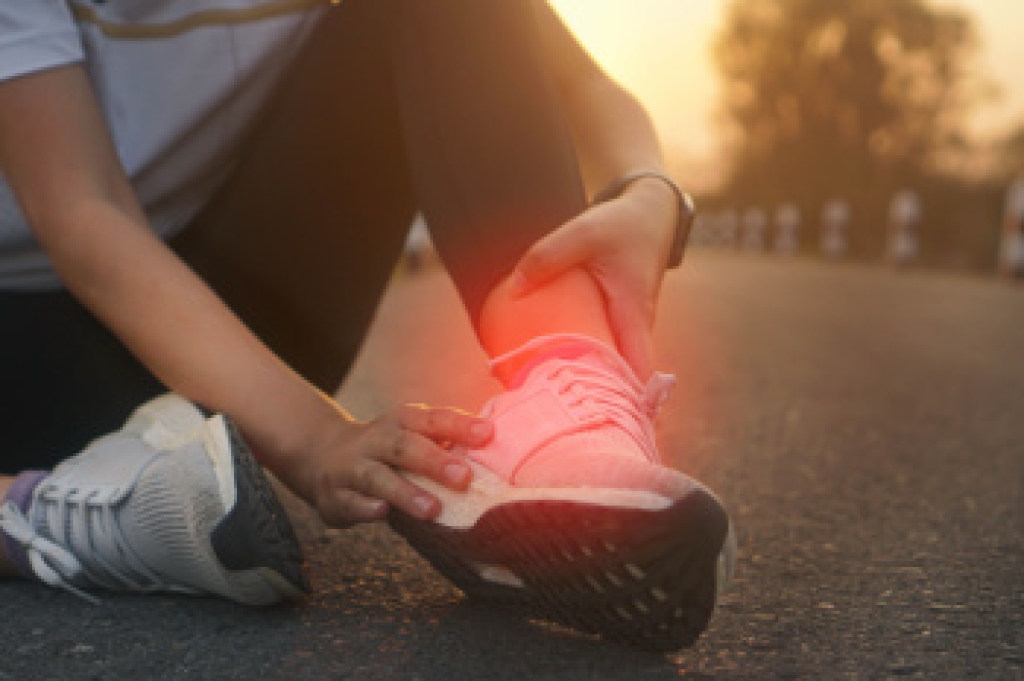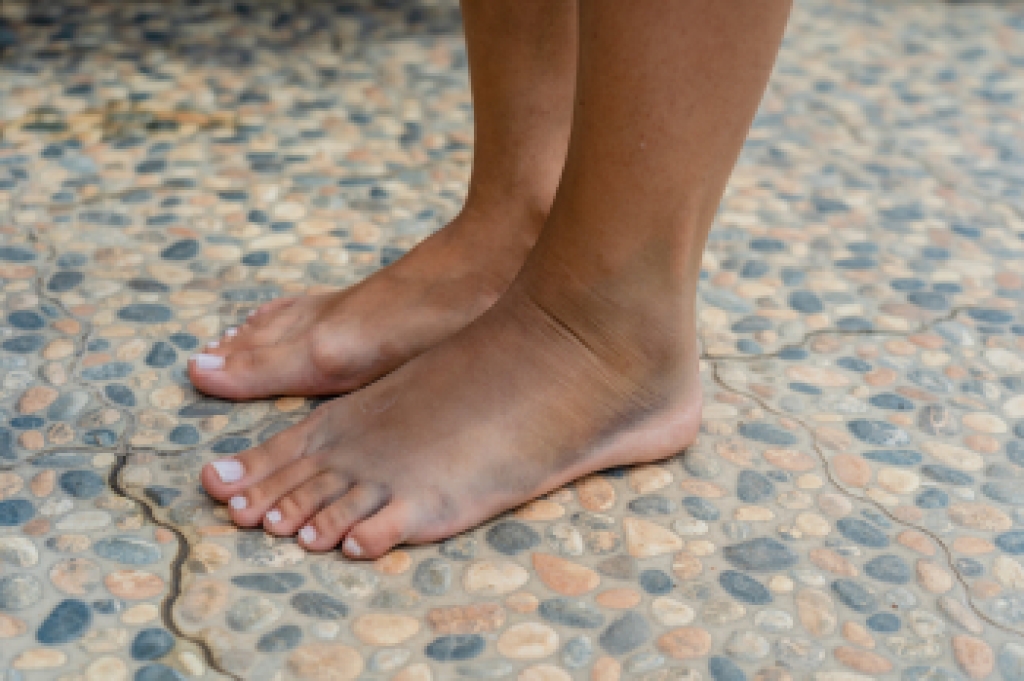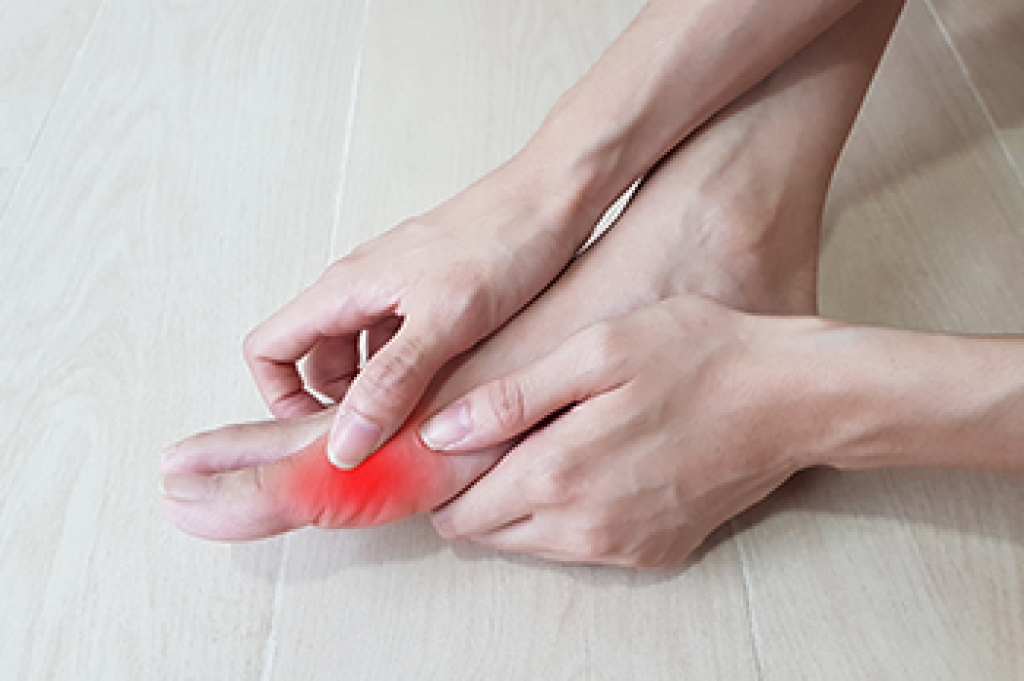
Ankle sprains and ankle strains are among the most frequent causes of ankle pain, yet they involve different tissues. A sprain affects the ligaments, which are the strong bands of tissue that hold the bones of the ankle together. These ligaments can stretch or tear if the ankle twists too far, such as when stepping off a curb or landing awkwardly during sports. A strain involves the muscles or tendons of the ankle, which can be overstretched or torn from overuse, sudden movements, or repetitive force, such as running long distances or frequent jumping. Both injuries can cause swelling, bruising, and difficulty walking, but sprains typically occur from acute trauma, while strains are more often linked to chronic overuse. A podiatrist can diagnose the exact problem and provide the proper treatment to restore function. If you have incurred an ankle injury, it is suggested that you make an appointment with a podiatrist for a diagnosis and treatment options.
Although ankle sprains are common, they aren’t always minor injuries. If you need your ankle injury looked at, contact one of our podiatrists from Illinois . Our doctors can provide the care you need to keep you pain-free and on your feet.
How Does an Ankle Sprain Occur?
Ankle sprains are the result of a tear in the ligaments within the ankle. These injuries may happen when you make a rapid shifting movement while your foot is planted. A less common way to sprain your ankle is when your ankle rolls inward while your foot turns outward.
What Are the Symptoms?
- Pain at the sight of the tear
- Bruising/Swelling
- Ankle area is tender to touch
- In severe cases, may hear/feel something tear
- Skin discoloration
Preventing a Sprain
- Wearing appropriate shoes for the occasion
- Stretching before exercises and sports
- Knowing your limits
Treatment of a Sprain
In many cases, the RICE method (Rest, Ice, Compression, and Elevate) is used to treat ankle sprains. However, you should see a podiatrist to see which treatment option would work best with your injury. In severe cases, surgery may be required.
It is important to ask your doctor about rehab options after you receive treatment for your injury. Stretching, strength training, and balance exercises may help the ankle heal while also preventing further injury.
If you have any questions, please feel free to contact our offices located in Wheeling and Berwyn, IL . We offer the newest diagnostic and treatment technologies for all your foot care needs.




